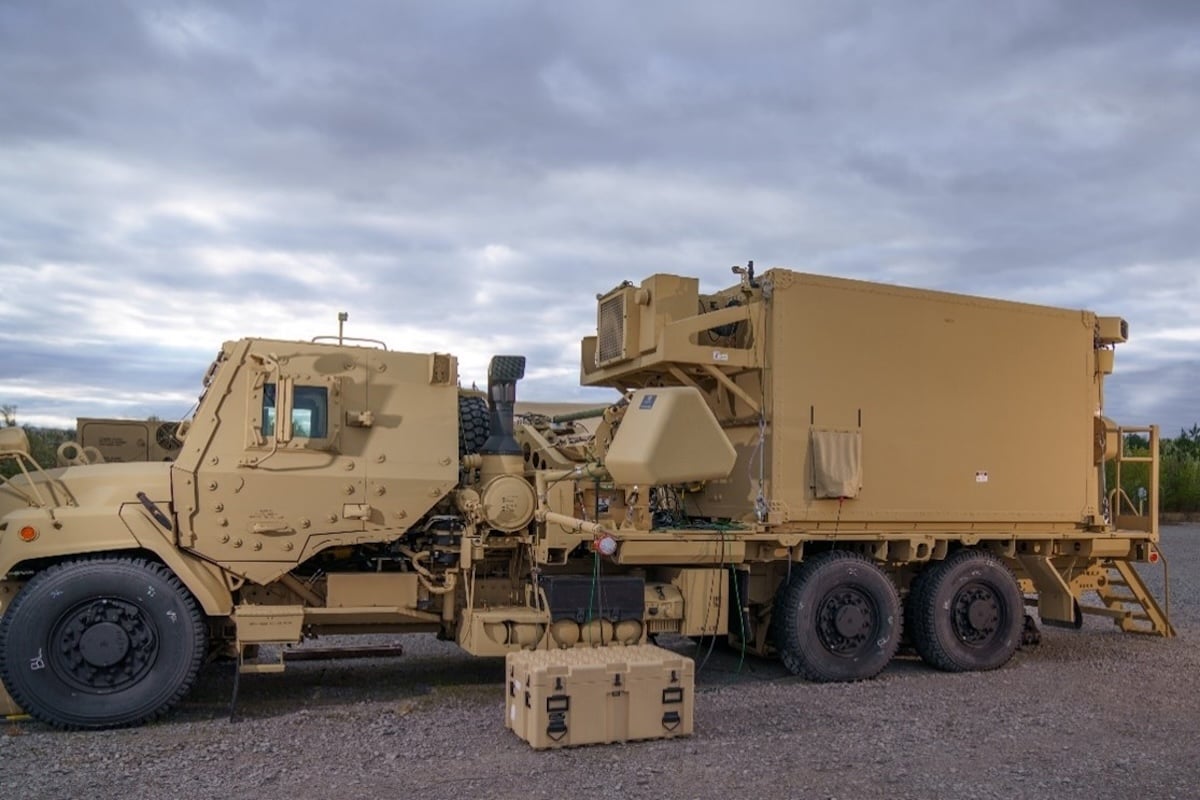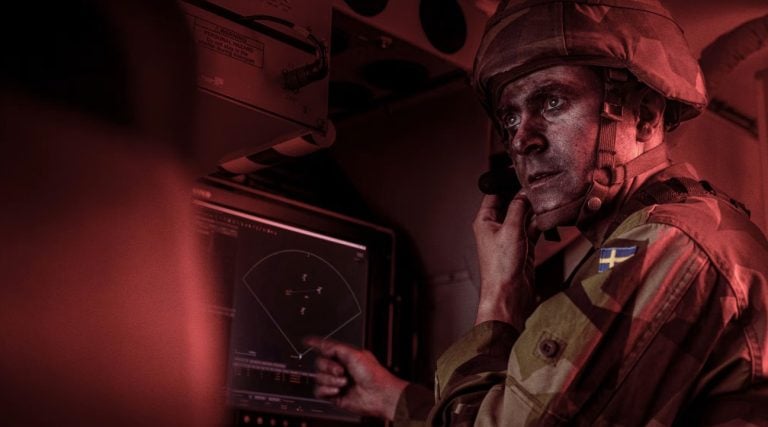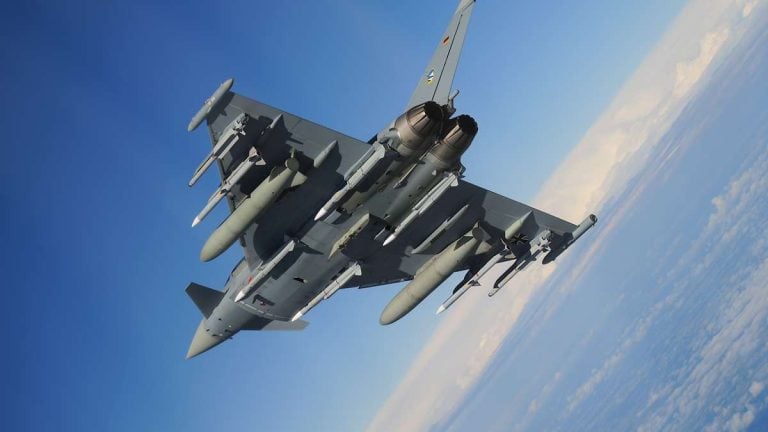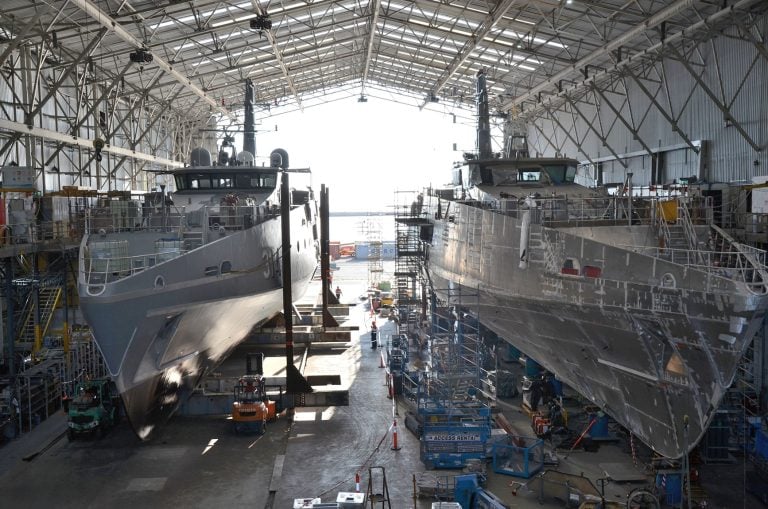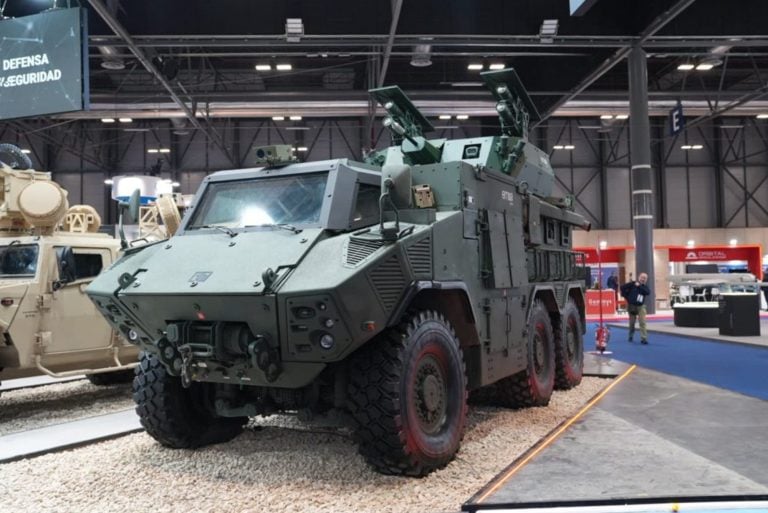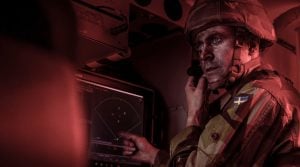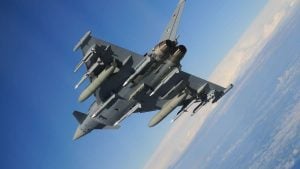Northrop Grumman has announced the successful completion of a flight test for the US Army’s low-rate initial production (LRIP) Integrated Battle Command System (IBCS), a system engineered to enhance the country’s air and missile defense capabilities. According to a recent company press release, the LRIP IBCS hardware conducted its first live-fire demonstration in August and is currently fielded in Poland, with intentions to further deploy it with Combatant Commands across Europe and the Indo-Pacific region.
During the pivotal test, the IBCS, in conjunction with the Lower Tier Air and Missile Defense Sensor (LTAMDS), effectively tracked and classified a simulated air-breathing target. The system then successfully engaged and destroyed the target using a Patriot Advanced Capability 3 Missile Segment Enhancement (PAC-3 MSE) interceptor. This achievement highlights the system’s capabilities to efficiently address integrated air and missile defense needs, particularly for US and allied forces worldwide.
Kenn Todorov, Vice President and General Manager of Command and Control Weapons Integration at Northrop Grumman, emphasized the significance of the test. He described it as a decisive validation of IBCS as a critical solution for the challenges faced by warfighters. Furthermore, he noted the system’s “seamless integration and outstanding performance” as indicators of its readiness to operate in complex and dynamic environments.
The IBCS serves as a modernization effort for US defense capabilities by connecting and coordinating various air and missile defense assets—regardless of their source, service, or domain—into a cohesive network. This integration facilitates rapid engagement against a wide range of threats. Since its inception, the system has conducted 32 flight tests beginning in 2015 and has recently demonstrated efficacy against cruise missiles and rapidly moving drones.
As Northrop Grumman prepares to complete LRIP deliveries to the US Army, the company is set to initiate full-rate production of the IBCS at its facility in Huntsville, Alabama, further advancing US military readiness amidst evolving global threats.
